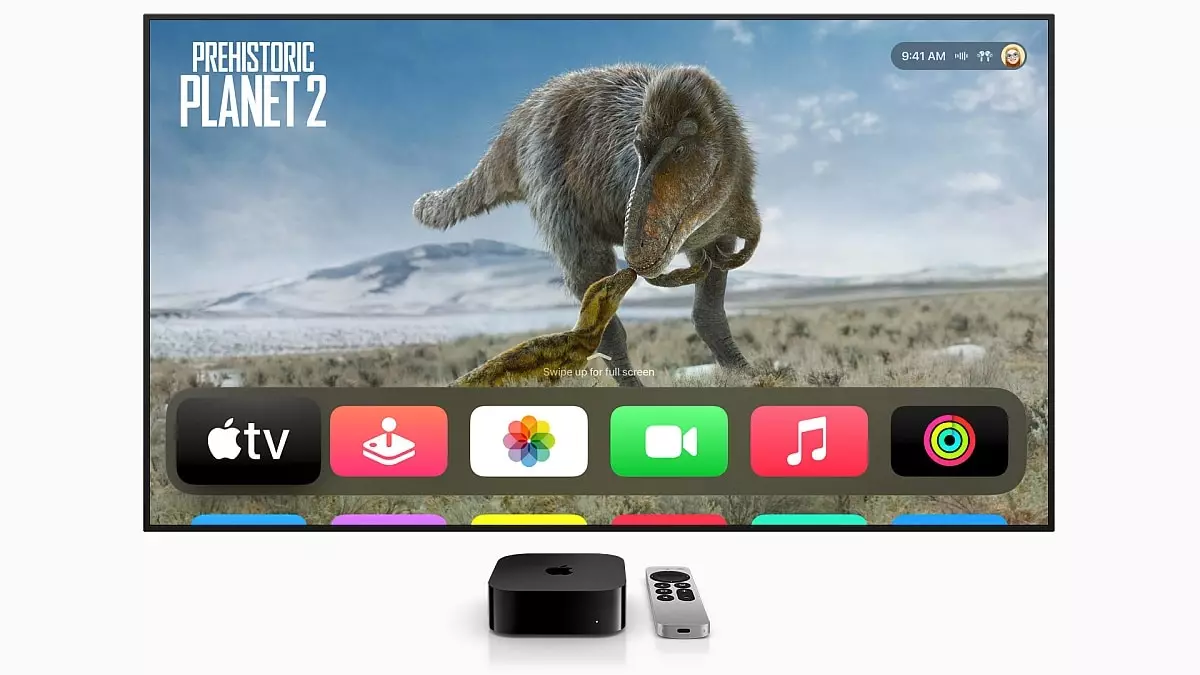Recent insights from Bloomberg journalist Mark Gurman have sparked renewed interest in the possibility of Apple developing its own television set. In his latest Power On newsletter, Gurman highlighted suspicions regarding Apple’s intentions to venture into the television market, indicating that the company is exploring options for an “Apple-branded TV set.” This bold endeavor appears to intertwine with the development of a wall-mounted smart home hub, hinting at a synergy between Apple’s hardware ecosystem and smart home technologies.
Apple has a history of engaging in the TV space, notably through its Apple TV box that operates on tvOS. While it competes with devices powered by Android TV OS and Fire OS, the absence of a dedicated Apple TV as a standalone product has left a gap in its product lineup. This new exploration suggests a strategic dilemma: can Apple carve out a niche in the deeply competitive television sector still dominated by established giants?
Interestingly, the idea of an Apple television isn’t novel; hints and rumors have circulated since as early as 2009 regarding a potential Apple TV. The consistent reemergence of such speculation raises questions about Apple’s persistence in this area versus the feasibility of its execution. The company has not shied away from ambitious projects in the past, yet it has often faced obstacles, leading to a recalibration of its strategies.
Gurman’s analysis points to a crucial challenge ahead: Apple must innovate and differentiate itself from established TV manufacturers such as Sony, Samsung, LG, and Sharp, all of which offer a wide range of products across various price points. An essential part of Apple’s strategy would likely be emphasizing high-end specifications and exclusive features to entice existing Apple customers and convert new ones.
Another noteworthy aspect highlighted by Gurman is the development of a sophisticated smart home hub, which functions as a controller for a network of smart devices. This hub is anticipated to facilitate innovative features like video calling. Apple’s success in this arena inevitably ties to the performance and acceptance of the smart home hub; failure to impress could lead the company to reconsider its smart home ambitions altogether.
Moreover, the proposed advanced variant of this hub may integrate a robotic arm and carry a premium price tag of around $1,000. While this could offer an edge in advanced functionalities, such pricing raises questions about market viability and consumer demand.
Should Apple persist with plans for a TV set, a few expectations will inevitably arise. The integration of familiar services such as Siri and HomeKit into the TV experience could elevate user interaction levels, embedding Apple further into consumers’ daily lives. These aspects would not only solidify the Apple ecosystem but also offer seamless integration with the array of devices that users might already own.
Apple’s potential entry into the television market speaks to a broader narrative of innovation and competition. As the company navigates the complexities of consumer preferences and technology advancements, the outcome remains uncertain. Whether Apple succeeds or falters in manifesting its TV ambitions, it will undoubtedly continue to generate conversation and speculation across the tech landscape.

Leave a Reply